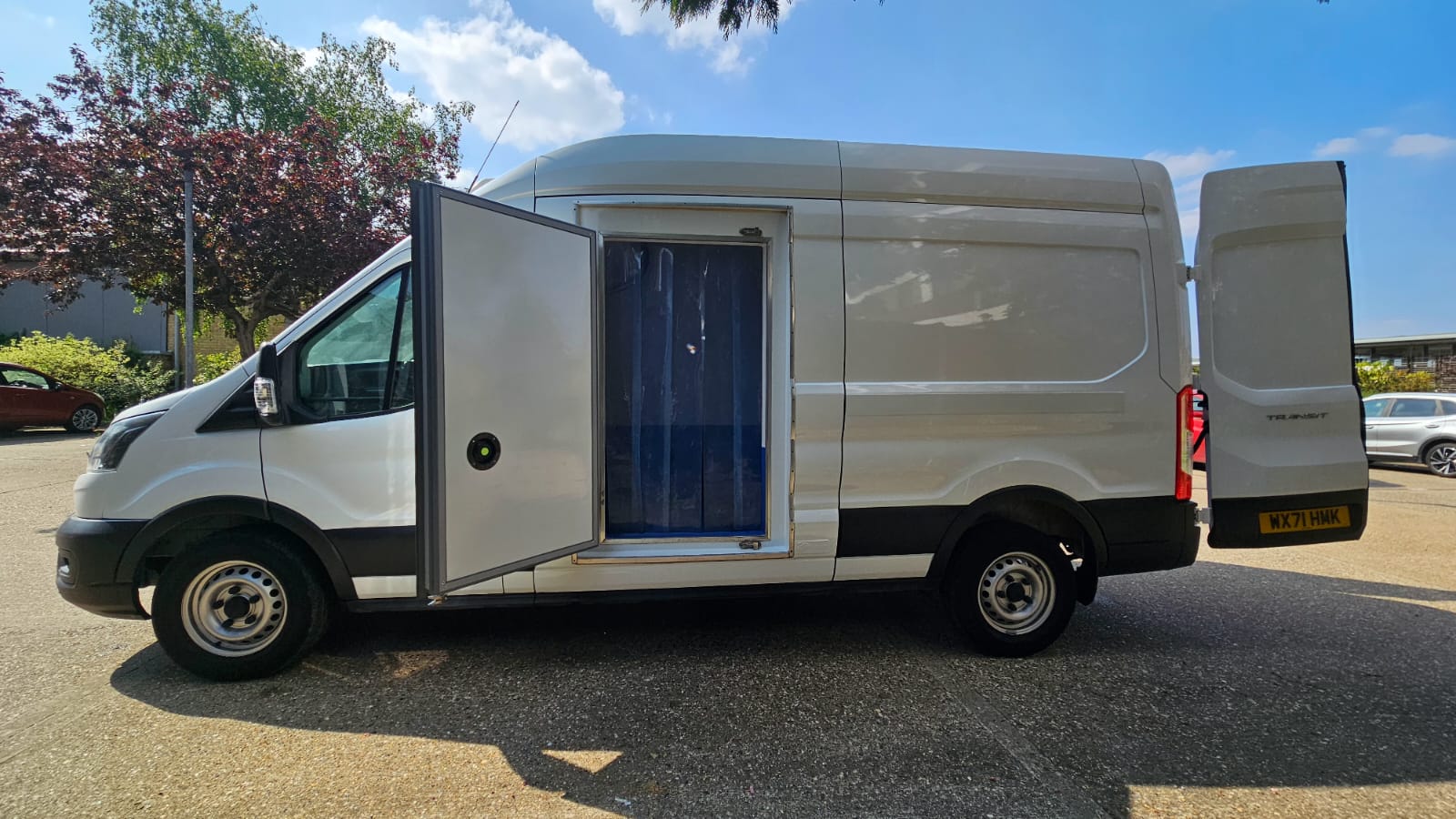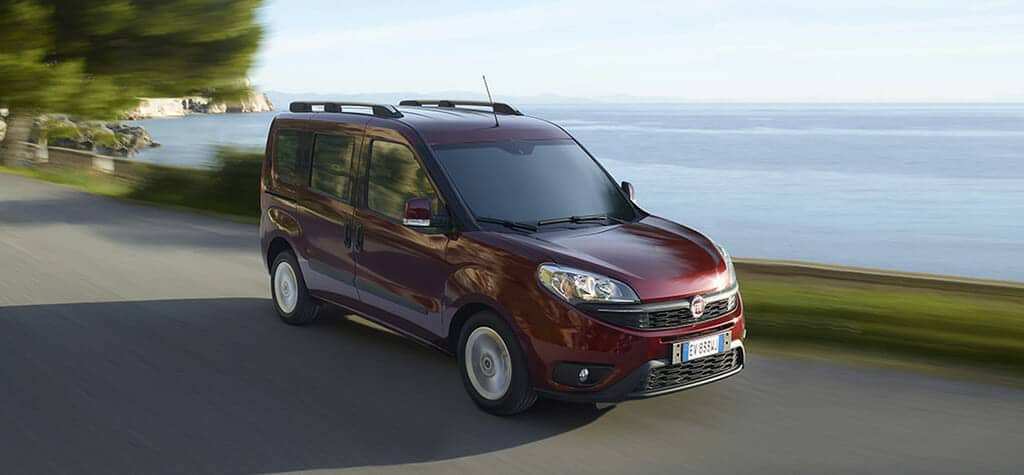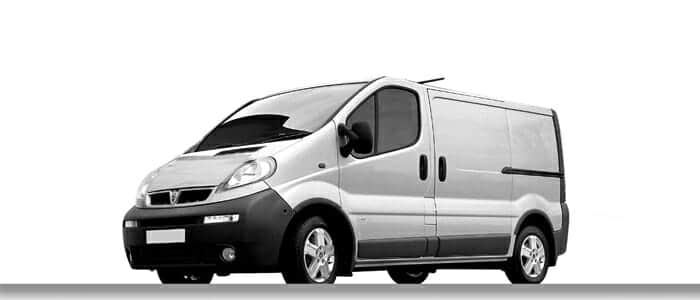
The Top 5 Refrigerated Vans for Butchers, Rated by Payload
When the future of your business depends on audits passed, contracts won, and deliveries executed without error, “payload” stops being a feature and becomes your growth engine. For butchers operating in today’s regulated food logistics, every kilogramme accounted for is a contract secured, a client retained, and a cold chain unbroken. The most successful operations are never guessing—their fleets are matched by documented post-conversion payload, not speculative specs or sales promises. In this market, your reputation rides on numbers that stand up to scrutiny from DEFRA, FSA, and customer compliance teams alike.
Those who lead in perishable logistics are building data-driven fleets; their advantage comes not from size, but from the discipline to demand post-build certification and hygiene proof for every vehicle. When your next contract depends on what you can evidence, not what you can claim, it’s clear: payload and audit readiness are now the foundation for operational stability and long-term sector growth.
Every ambitious butcher will one day face the moment when a contract, an auditor, or a logistics director asks for proof. The right choice today guarantees you can answer with confidence.
How Do Real-World Conversions Impact Your Payload?
Base vehicle figures set at the dealership rarely survive the journey through conversion. Every insulation layer, internal lining, and refrigeration unit claims a share of what manufacturers call “maximum payload”; few businesses discover the true number until it’s too late. The right planning begins by accounting for these tradeoffs before the upfit—not after the van is weighed post-build.
Your actual, compliant payload depends on:
- Insulation Thickness: Freezer-grade conversions cost more in both weight and energy than chillers. Up to 150kg can be lost to insulation alone when cold chain requirements spike.
- Partitions & Dual Compartments: Flexible delivery—like handling both fresh and frozen—means more walling, added weight, and a further squeeze on available payload.
- Fridge & Standby Units: The additions that make your fleet robust—like GAH or Carrier systems—are net positives for performance but introduce further reductions in remaining legal load.
- Hygiene Upgrades: GRP resin, shaped coving, sealed flooring—all support food safety and audit, but every upgrade reduces capacity ever so slightly.
| Van Model | Max OEM Payload (kg) | Chiller Conversion Loss | Freezer Conversion Loss | Post-Build Payload |
|---|---|---|---|---|
| Ford Transit Custom | 1300 | 280 | 410 | 890 |
| Mercedes Sprinter | 1400 | 300 | 430 | 900 |
| VW Crafter | 1380 | 270 | 400 | 920 |
| Renault Master | 1390 | 275 | 415 | 900 |
| Peugeot Boxer | 1350 | 260 | 395 | 925 |
Source: Glacier Vehicles conversion data and client delivery audits.
Reliant businesses always demand and receive post-conversion certificates with real-world scales, not projections, as standard.
Why Payload Choice Defines Operations and Compliance
In food delivery, especially meat, payload is the invisible risk or asset behind every schedule. Route planning, client trust, and contract eligibility rely upon getting it right—because overloading means enforcement, downtime, failed deliveries, and audit flags.
What separates resilient operations:
- They monitor usable payload after every major upgrade or contract cycle.
- Their delivery patterns and route designs are plotted against proven, not theoretical, carry capacity.
- Hygiene and partitioning choices are integrated into the planning matrix, not last-minute panic decisions.
Standing contracts and secondary runs with premium retailers or foodservice contracts usually require not just the regulatory checklists, but a history of hygiene and weight documentation from the moment each van enters service.
What Makes the Top 5 Vans the Right Choice?
Not every model fits every shop. The core feature sets and operational profiles of fleet favourites—when measured by post-conversion payload, dual-comparment flexibility, and sector hygiene—are what determine leadership, not just entry price or brand loyalty.
| Van Model | Deployment Type | Post-Build Payload | Dual Compartment | Hygiene Upgrades | Audit Documentation |
|---|---|---|---|---|---|
| Ford Transit Custom | Urban/multi-drop | 890 | Yes | Full audit kit, GRP lining | Complete |
| Mercedes Sprinter | Fleet/rural/bulk | 900 | Yes | Advanced, modular upgrade | Full |
| VW Crafter | Cleanroom/retrofit | 920 | Yes | Retrofit, audit-pass | DEFRA, FSA recurring |
| Renault Master | Mixed fleet/fast | 900 | Yes | Fleet-graded, optional | Audit bundle |
| Peugeot Boxer | SME entry/scale | 925 | No | Hygiene starter, upgrades | Audit ready |
It’s this depth—not “listicle wins”—that explains why procurement managers and SMEs choose Glacier Vehicles for sector-specific, growth-focused upfits.
Where Compliance and Hygiene Become Profit Drivers
Growth into new markets or contracts in 2024 means not just larger payloads, but higher documentation standards and hygiene proof built directly into every specification and upgrade order. Urban ULEZ expansion, NHS or premium retail contracts, and foodservice supply all now require this documentation.
| Hygiene & Spec Feature | Use Case | Included on Glacier Vehicles Builds |
|---|---|---|
| Full GRP/resin interiors | Butchery, seafood, pharma | Yes |
| Dual-zone temp logging | Mixed load, foodservice | Optional |
| Antimicrobial surfaces | Dairy, fresh/frozen, audit | Yes |
| ULEZ/EV certifications | City, contract bids | Where Specified |
| Service & audit docs | All sectors | Yes |
Your investment in compliance isn’t a cost—it’s a shield against lost contracts, a shortcut to “yes” from food tech buyers, and a tool for scaling up through supply chain volatility.
When Planning Outpaces Short-Term Specs
Fleet growth that isn’t mapped out can turn upgrades into liabilities. Failed audits, mismatched specs, and skipped scenario testing catch up more quickly now that contract review cycles and city compliance spot checks have shortened.
Insist every van purchase and upgrade include:
- Scenario tests for all operational extremes.
- Full compatibility sheet for hygiene, safety, and energy upgrades.
- A conversion partner (like Glacier Vehicles) offering audit pass/fail reporting and transparent aftercare cycle, as well as live support.
It’s regulatory detail and post-sale partnership, not sticker price, that maximise utilisation, minimise retrofit cost, and prepare your team for contract negotiations at scale.
How Data-Led Tools Personalise Your Selection
Even two butchers down the same high street may need entirely different fleet specs and documentation chains—one serving city contracts, another multi-county pubs.
| Fleet Challenge | Recommended Model | Standout Reason | Most Common Upgrade |
|---|---|---|---|
| Mixed city/dual temp | Transit Custom | Partition/ULEZ, drops, modular | EV, easy-clean GRP |
| Rural, high volume | Mercedes Sprinter | Peak payload, bulk handling | Hygiene, temp tracking |
| Retrofit clean | VW Crafter | Modular swaps, audit trailing | Sanitation, temp logs |
| SME flexible, scale | Peugeot Boxer | Entry cost/£, future-proofing | Dual zone, hygiene |
| Major fleet, growth | Renault Master | Contract-ready, multi-driver | Contract logs, aftercare |
This selection is not “theory”—it reflects data from winning fleet managers and audit-backed, contract-repeat business.
Book Your Payload & Compliance Planning Session
Reputation in butchery and cold chain logistics isn’t bought with a van order. It’s built with the evidence you provide at every milestone, from first audit to last-mile delivery, as the industry benchmark for reliability. Glacier Vehicles completes every handover with a documentation suite, sector fit-out, and consultative aftercare that ensure you can expand, adapt, and thrive when the next big contract, customer, or regulation comes.
Your next step is to partner with a specialist whose conversions and paper trails empower you to win and keep contracts, not gamble on commodity upgrades or cross your fingers on audit day. Growth, margin, and fleet dependability—these outcomes are the result of choices you make now.
Frequently Asked Questions
What Industry Benchmarks Actually Matter for Butchers’ Refrigerated Van Payload?
Every advance in meat logistics has brought a sharper focus on certified payload after conversion—not manufacturer sales figures. When you’re moving high-density goods across a city or region, what counts is how much your van can legally, reliably, and repeatedly carry after fit-out—for fresh food buyers, loss prevention, and regulatory confidence. With post-conversion certifications now an onboarding requirement for supermarket chains, NHS routes, and premium suppliers, only those who prioritise traceable, audit-ready payload documentation stay in contention for the routes that grow reputations and profits.
The landscape is shaped by unforgiving numbers: UK audits have found, year after year, that as much as a quarter of “booked” payload is lost to freezer-grade insulation, partitions, and food-safe linings. That isn’t an efficiency cost—it’s a direct revenue hit, contract risk, and compliance exposure.
Leaders in the sector have recalibrated their entire procurement—moving from optimism to reliability. Fleet managers and owner-operators who treat certified payload as non-negotiable tell a different storey at tender: their reliability is demonstrable, their risk is forecasted, and their contracts are secure.
“Trust is proven by your kilos—not by claims. The buyers and boardrooms now ask for documents, not narratives.”
How Does Conversion Actually Change Usable Payload?
Where most butcher fleets get it wrong is by ignoring the technical details of van conversion payload loss. Every modification—freezer thickness, dual-temperature partition, GRP seamless lining, and cooling unit—subtracts more weight than most suppliers admit.
Cutting corners on documentation leads to costly fines and loss of insurance cover when overloaded or unchecked. It’s not academic: audits and peak season loads are when this invisible hit bites hardest, and it’s usually the route missed, not the weight limit breached, that costs you next quarter’s accounts.
| Upgrade | Average Weight Deducted (kg) |
|---|---|
| Freezer-grade insulation and lining | 170–230 |
| Partition and multi-temp features | 40–95 |
| Commercial refrigeration system | 110–150 |
| Audit/cleaning readiness upgrades | 45–80 |
Every purchase experience should require a final scale reading—no legitimate build or conversion avoids it. At Glacier Vehicles, that data is a deliverable, not a luxury. Routinely documented, traceable payload numbers replace guesswork with confidence and keep contracts safe, even when demand spikes or a tender review is on the line.
“The only weight that matters is the one a buyer, auditor, or inspector will verify.”
Why Should Payload Define Your Growth and Audit Strategy?
The industry’s premium buyers—be they city distributors or regional supermarkets—don’t just use payload for efficiency; it’s how they screen partners and reward performance. Maximising legal, documented payload doesn’t just allow bigger loads; it keeps deliveries happening when others pause, extends contract tenure, and saves reputation when regulatory change or a surprise inspection lands.
Multi-drop and high-frequency operations, especially with meat, dairy, poultry or seafood, are where a van’s audit documentation will make or break renewal—and those with comprehensive logs for cleaning, hygiene, and serviced weights automatically move to the front of the line.
You don’t just document payload for inspectors; you do it for lenders, insurers, and partners—each seeking a low-risk, high-evidence counterparty. In this sector, compliance is capital; documentation is leverage.
What Features and Models Differentiate True Contract-Grade Refrigerated Vans?
Premium builds, as the market now recognises, aren’t about brand—they’re about fit-for-purpose engineering, modular hygiene upgrades, and audit logs that travel with each vehicle, not each owner. The models making the difference today—Ford Transit Custom, VW Crafter, Mercedes Sprinter, Renault Master, Peugeot Boxer—succeed on more than standard features.
| Model | Net Post-Conversion Payload (kg) | Fit | Features Leading to Compliance |
|---|---|---|---|
| Ford Transit Custom | 890–950 | Urban drops, dual temp | Dual comp., cycle log, fast strip-out hygiene |
| Mercedes Sprinter | 905–1000 | Rural, multi-tonne | Modular, remote diagnostics, audited instals |
| VW Crafter | 915–1020 | Rapid retool, pharma | Modular, plug & play hygiene, data logging |
| Renault Master | 885–980 | SME fleet | Cleanroom base, digital notifications |
| Peugeot Boxer | 935–1010 | Agile expansion | Upgrade path, batch compliance |
Successful buyers don’t simply “choose a van”—they run scenario-mapped evaluations against route, contract, and compliance, demanding evidence from day one. Glacier Vehicles integrates these outcomes with every handover, granting operational advantage and futureproofing.
“Fleet managers win more routes with evidence, not opinion.”
Where Does Hygiene Shift from Hurdle to Differentiator?
Today, hygiene compliance—from seamless, resin-wrapped interiors to digital cleaning logs—opens doors to clients and closes loopholes for competitors. Buyers no longer see hygiene as a pass/fail but as a lever to win NHS, hospitality, and retailer contracts. If your vehicle can prove cleaning cycles and food-safe upgrades, your operation stands ready for surprise inspection, not scrambling during one.
The operational difference: daily digital logs of hygiene and temperature cycles, batch cleaning NFCs, and pre-installed audit features. Not only do you pass; you do so with time to spare, making you the low-risk choice.
| Hygiene Spec | Competitive Edge | Fleet Adoption Trend |
|---|---|---|
| GRP seamless wall | Rapid pass, low clean downtime | All high-end contracts |
| Digital temp tracks | Multi-compartment proof | NHS/pharma, rising in retail |
| Modular cleaning (NFC) | Instant auditor handoff | Michelin/star catering |
| Antimicrobial upgrade | Premium, all risk insurance | Urban, large retail, pharma |
Buyers and contract officers increasingly want “audit in a box,” and when your service can hand over that documentation on demand, inertia gives way to trust.
When Does Meticulous Payload Planning Become Cheaper Than a New Van?
Risk rarely appears at the moment of purchase—it ferments, then hits at peak season, when a missed audit or unplanned overage costs not just a contract, but future contracts. Meticulous, scenario-based planning—load maxima, route stress, cleaning resiliency, documentation road-mapping—transforms prospecting into predictable success.
At Glacier Vehicles, every build is projection-modelled for both routine and surge loads, including optional hygiene, temperature, and multi-driver upgrade mapping. This investment replaces retroactive spend, yield loss, and last-minute downtime with operational certainty—contract after contract.
The premium for readiness, documentation, and buffer is dwarfed by the cost to reputation of just one failed audit or service interruption.



